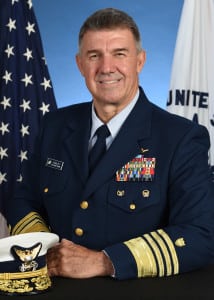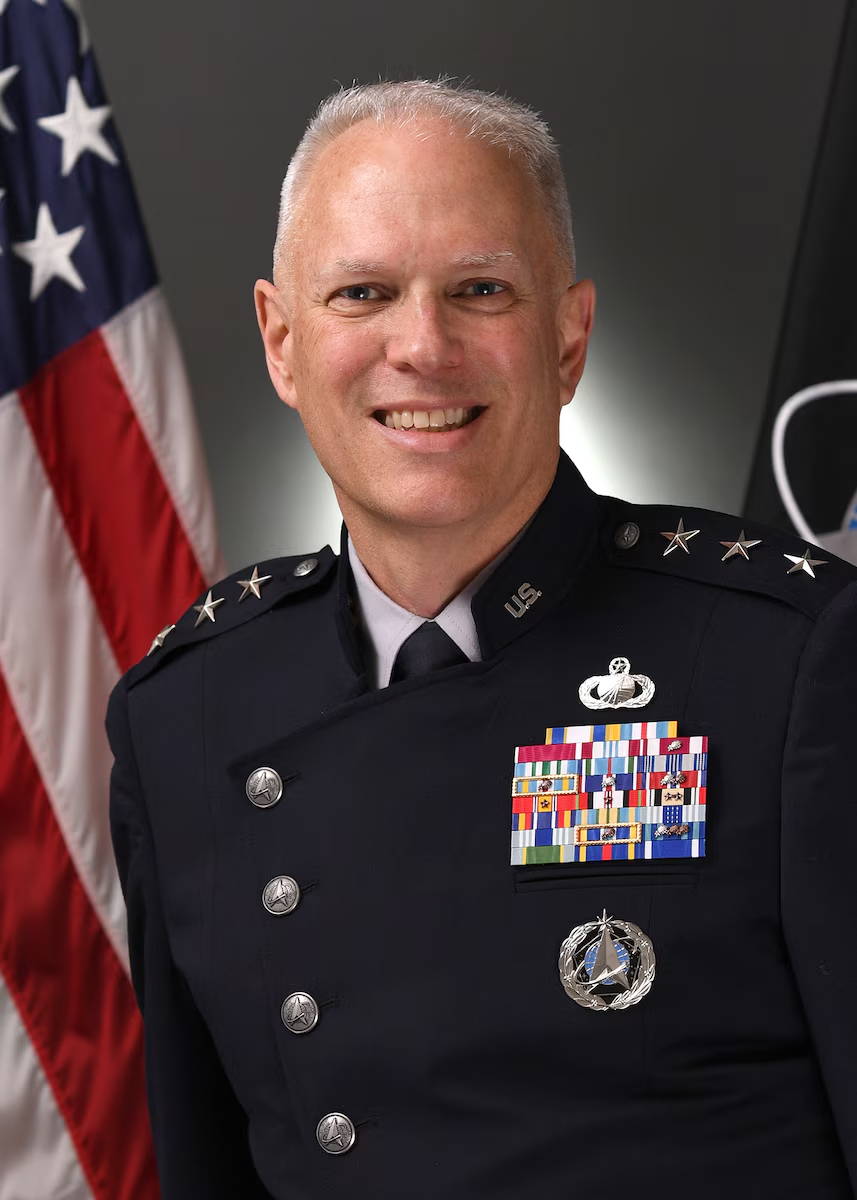
There is a strategy in place for a third heavy polar icebreaker for the Coast Guard and the requirements building process is underway for new medium polar icebreakers, Coast Guard Commandant Adm. Karl Schultz said on Thursday. Schultz said the Trump administration’s fiscal year 2021 budget request includes $555 million toward the second Polar Security Cutter (PSC) “and there’s an acquisitions and funding strategy beyond that to build a third.” The administration’s FY ’21 request didn’t include long-lead funding for…

 By
By 











